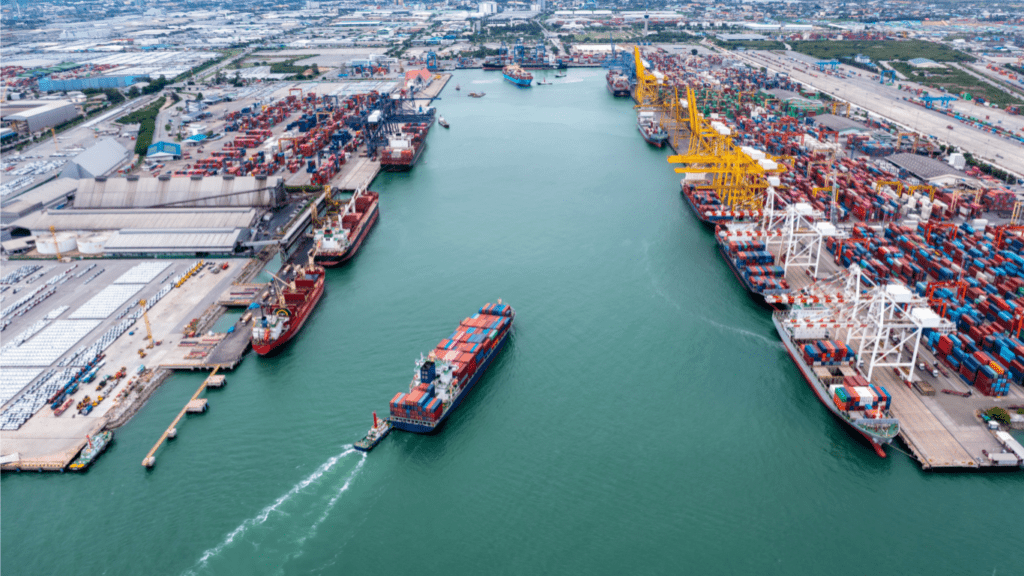Understanding the Basics of Import and Export Regulations
Understanding import and export regulations is essential for efficient international trade. It ensures compliance with global trade laws and avoids costly penalties.
Overview of Global Trade Laws
Global trade laws govern the exchange of goods and services between countries. These laws, established by international bodies (such as the World Trade Organization) and individual governments, define the rules for tariffs, duties, and trade restrictions.
They aim to create fair and competitive trade environments.
Key aspects include:
- Tariffs: Taxes imposed on imported goods to protect domestic industries and generate revenue.
- Duties: Additional charges or taxes on specific commodities to control the market.
- Trade Agreements: Bilateral or multilateral agreements that facilitate easier trade between member countries (e.g., NAFTA, EU).
- Export Controls: Regulations limiting the export of certain goods, especially those that may affect national security.
Importance of Compliance with Regulations
Compliance with import and export regulations is vital for avoiding legal issues and ensuring smooth trade operations. Non-compliance can lead to severe penalties, including fines, shipment delays, and business reputation damage.
- Legal Obligations: Adhering to laws ensures operations remain within legal frameworks.
- Financial Savings: Avoiding fines and penalties saves significant costs.
- Operational Efficiency: Proper documentation and customs procedures streamline the movement of goods.
- Reputation Management: Consistent compliance boosts credibility with partners and customers.
Key Import Regulations

Import regulations ensure goods enter a country legally and compliant with laws. They cover various aspects, including tariffs, taxes, and required licenses.
Tariffs and Taxes
Tariffs and taxes impact the cost of imported goods. Governments impose these fees to generate revenue and protect local industries. Tariffs come in different types, such as ad valorem (percentage of the value) and specific tariffs (fixed cost per quantity).
For instance, a 10% ad valorem tariff on a $1000 item adds $100 to the import cost. Importers must understand the Harmonized System (HS) codes, which classify goods and determine tariff rates.
Import Licensing and Quotas
Import licensing regulates which goods enter a country and in what quantities. Governments issue licenses to control imports and protect domestic industries.
Specific goods, such as pharmaceuticals and firearms, might need special permits. Quotas limit the amount of a particular good that can be imported within a set period, preventing market saturation.
For example, a country might set a quota of 100,000 tons of sugar per year. Importers exceeding this quota may face penalties or higher duties.
Key Export Regulations
Understanding export regulations is crucial for businesses looking to navigate the complexities of international trade. Compliance ensures that goods reach their destinations without legal or financial roadblocks.
Export Control and Sanctions
Export controls and sanctions limit certain goods, services, and technologies from being shipped to specific countries or entities. I find it essential to familiarize myself with these restrictions to avoid severe penalties and stay compliant with national security policies.
The Export Administration Regulations (EAR) and International Traffic in Arms Regulations (ITAR) set the framework for these controls. For example, dual-use goods—items that have both civilian and military applications—need specific licenses before export.
Companies exporting to embargoed nations or dealing with restricted entities must consult the Office of Foreign Assets Control (OFAC) for guidelines.
Documentation and Customs Clearance
Accurate documentation and customs clearance expedite the export process and minimize delays. When preparing to export, I ensure that I have all necessary documents, such as commercial invoices, packing lists, and bills of lading.
These documents validate the type, quantity, and value of the goods being shipped, facilitating smooth customs clearance. Incorrect or missing paperwork often leads to delays, fines, or returned shipments.
Customs authorities also require certificates of origin to verify where goods originate, affecting tariff rates and compliance with trade agreements.
I recommend using the Automated Export System (AES) for electronic filing, streamlining the clearance process and ensuring data accuracy.
Challenges in Navigating Import and Export Laws
Navigating import and export laws presents several challenges that businesses must address to stay compliant. Below, I outline key issues in legal and logistical frameworks and technological and resource constraints.
Legal and Logistical Issues
Legal requirements and logistical challenges complicate the import-export process. Different countries impose varying tariffs, duties, and documentation standards, making it essential to stay updated on regional regulations.
Violations of these regulations can lead to severe fines, goods confiscation, or business bans.
Logistics play a crucial role in compliance and operational efficiency. Shipping routes, carriers, and customs procedures can differ significantly from country to country.
Coordinating these elements requires meticulous planning and constant monitoring. The complexity increases when dealing with multiple borders and jurisdictions, which can lead to delays and increased costs.
Technological and Resource Constraints
Meeting technological and resource demands is another significant challenge. Companies often lack the infrastructure to manage large volumes of trade data, leading to errors that can result in penalties.
Advanced software and automated systems help, but these tools require investment and continuous updates to keep up with regulatory changes.
Resource constraints, such as limited staff and expertise, exacerbate compliance difficulties. Skilled personnel are needed to interpret regulations accurately and ensure all documentation is correctly prepared.
Small and medium-sized enterprises (SMEs) often struggle more with these constraints, lacking the budget to hire specialized staff or invest in cutting-edge technology.




